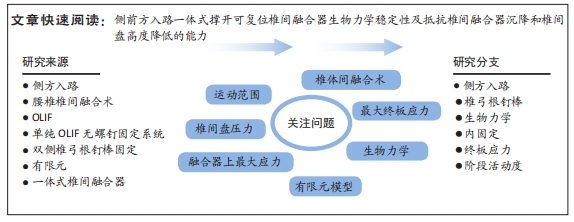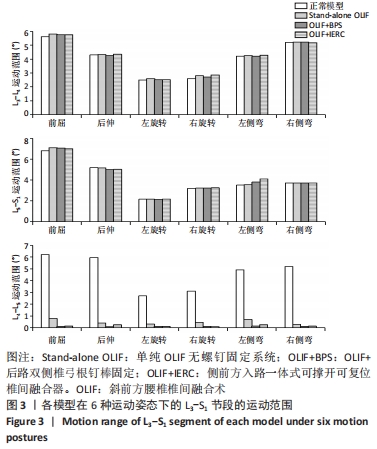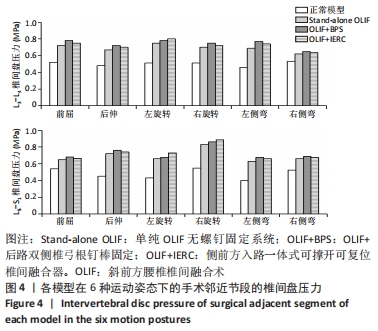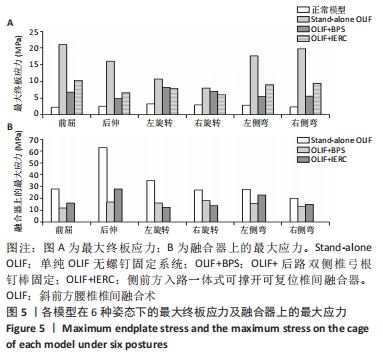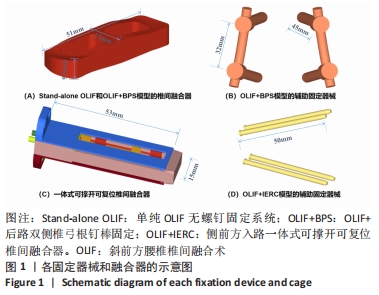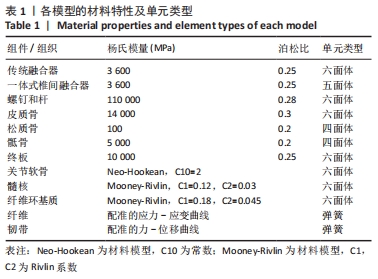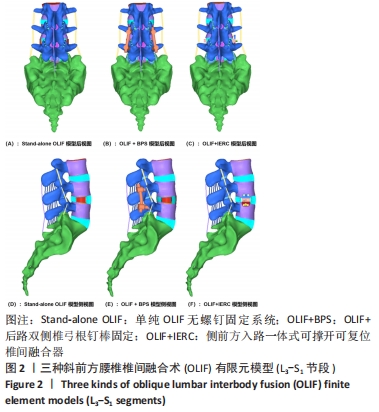[1] MAYER HM. A new microsurgical technique for minimally invasive anterior lumbar interbody fusion. Spine (Phila Pa 1976).1997;22(6): 691-699;discussion 700.
[2] SILVESTRE C, MAC-THIONG JM, HILMI R, et al. Complications and Morbidities of Mini-open Anterior Retroperitoneal Lumbar Interbody Fusion: Oblique Lumbar Interbody Fusion in 179 Patients. Asian Spine J. 2012;6(2):89-97.
[3] LI JX, PHAN K, MOBBS R. Oblique Lumbar Interbody Fusion: Technical Aspects, Operative Outcomes, and Complications. World Neurosurg. 2017;98:113-123.
[4] ABE K, ORITA S, MANNOJI C, et al. Perioperative Complications in 155 Patients Who Underwent Oblique Lateral Interbody Fusion Surgery: Perspectives and Indications From a Retrospective, Multicenter Survey. Spine (Phila Pa 1976). 2017;42(1):55-62.
[5] WOODS KR, BILLYS JB, HYNES RA. Technical description of oblique lateral interbody fusion at L1-L5 (OLIF25) and at L5-S1 (OLIF51) and evaluation of complication and fusion rates. Spine J. 2017;17(4):545-553.
[6] ST CLAIR S, TAN JS, LIEBERMAN I. Oblique lumbar interbody fixation: a biomechanical study in human spines. J Spinal Disord Tech. 2012;25(4): 183-189.
[7] GUO HZ, TANG YC, GUO DQ, et al. Stability Evaluation of Oblique Lumbar Interbody Fusion Constructs with Various Fixation Options: A Finite Element Analysis Based on Three-Dimensional Scanning Models.World Neurosurg. 2020;138:e530-e538.
[8] SORIANO-BARON H, NEWCOMB AGUS, MALHOTRA D, et al. Biomechanical Effects of an Oblique Lumbar PEEK Cage and Posterior Augmentation. World Neurosurg. 2019;126:e975-e981.
[9] 殷飞,马荣,蔡则成,等.斜外侧椎间融合联合单侧椎弓根钉棒固定术的三维有限元分析[J].中国脊柱脊髓杂志,2019,29(8): 732-740.
[10] 宋成杰,常恒瑞,石明鑫,等.侧方入路腰椎融合治疗后的生物力学稳定性的研究与进展[J].中国组织工程研究,2021,25(6):923-928.
[11] BASRA S, BUCKLEN B, MUZUMDAR A, et al.A novel lateral lumbar integrated plate-spacer interbody implant: in vitro biomechanical analysis. Spine J. 2015;15(2):322-328.
[12] 何磊,张伟,陈瑞强,等.新型腰椎侧路一体化钛板融合器的研制及生物力学测试[J].中华实验外科杂志,2017,34(2):264-266.
[13] DU CF, CAI XY, GUI W, et al. Does oblique lumbar interbody fusion promote adjacent degeneration in degenerative disc disease: A finite element analysis. Comput Biol Med. 2021;128:104122.
[14] DU CF, YANG N, GUO JC, et al. Biomechanical response of lumbar facet joints under follower preload: a finite element study. BMC Musculoskelet Disord. 2016;17:126.
[15] LU T, LU Y. Comparison of Biomechanical Performance Among Posterolateral Fusion and Transforaminal, Extreme, and Oblique Lumbar Interbody Fusion: A Finite Element Analysis. World Neurosurg, 2019;129:e890-e899.
[16] CHEN YL, LAI OJ, WANG Y, et al. The biomechanical study of a modified lumbar interbody fusion-crenel lateral interbody fusion (CLIF): a three-dimensional finite-element analysis. Comput Methods Biomech Biomed Engin. 2020;23(9):548-555.
[17] DU C, MO Z, TIAN S, et al. Biomechanical investigation of thoracolumbar spine in different postures during ejection using a combined finite element and multi-body approach. Int J Numer Method Biomed Eng. 2014;30(11):1121-1131.
[18] KRAIWATTANAPONG C, ARNUNTASUPAKUL V, KANTAWAN R, et al. Malposition of Cage in Minimally Invasive Oblique Lumbar Interbody Fusion. Case Rep Orthop. 2018;2018:9142074.
[19] CHUNG NS, LEE HD, JEON CH. Accuracy of the lateral cage placement under intraoperative C-arm fluoroscopy in oblique lateral interbody fusion. J Orthop Sci. 2018;23(6):918-922.
[20] KIM HJ, KANG KT, CHANG BS, et al. Biomechanical analysis of fusion segment rigidity upon stress at both the fusion and adjacent segments: a comparison between unilateral and bilateral pedicle screw fixation. Yonsei Med J. 2014;55(5):1386-1394.
[21] TSUANG FY, TSAI JC, LAI DM. Effect of lordosis on adjacent levels after lumbar interbody fusion, before and after removal of the spinal fixator: a finite element analysis. BMC Musculoskelet Disord. 2019;20(1):470.
[22] RAO RD, DAVID KS, WANG M. Biomechanical changes at adjacent segments following anterior lumbar interbody fusion using tapered cages. Spine (Phila Pa 1976). 2005;30(24):2772-2776.
[23] AMBATI DV, WRIGHT EK JR, LEHMAN RA JR, et al. Bilateral pedicle screw fixation provides superior biomechanical stability in transforaminal lumbar interbody fusion: a finite element study. Spine J. 2015;15(8): 1812-1822.
[24] CHEN CS, CHENG CK, LIU CL,et al. Stress analysis of the disc adjacent to interbody fusion in lumbar spine. Med Eng Phys. 2001;23(7):483-491.
[25] KIM MC, CHUNG HT, CHO JL, et al. Subsidence of polyetheretherketone cage after minimally invasive transforaminal lumbar interbody fusion. J Spinal Disord Tech. 2013;26(2):87-92.
[26] GALBUSERA F, MIETSCH A, SCHMIDT H, et al. Effect of intervertebral disc degeneration on disc cell viability: a numerical investigation. Comput Methods Biomech Biomed Engin. 2013;16(3):328-337.
[27] Wáng YXJ, Deng M, He LC, et al. Osteoporotic vertebral endplate and cortex fractures: A pictorial review. J Orthop Translat. 2018;15:35-49.
[28] LE TV, BAAJ AA, DAKWAR E, et al. Subsidence of polyetheretherketone intervertebral cages in minimally invasive lateral retroperitoneal transpsoas lumbar interbody fusion. Spine (Phila Pa 1976). 2012;37(14): 1268-1273.
[29] CHEN JF, LEE ST. The polymethyl methacrylate cervical cage for treatment of cervical disk disease Part III. Biomechanical properties. Surg Neurol. 2006;66(4):367-370;discussion 370.
|
